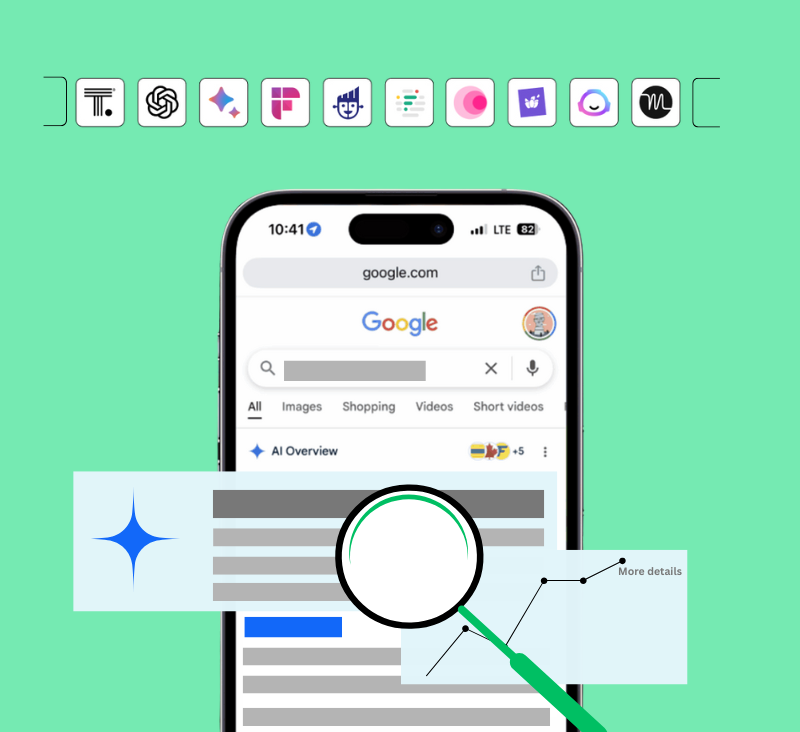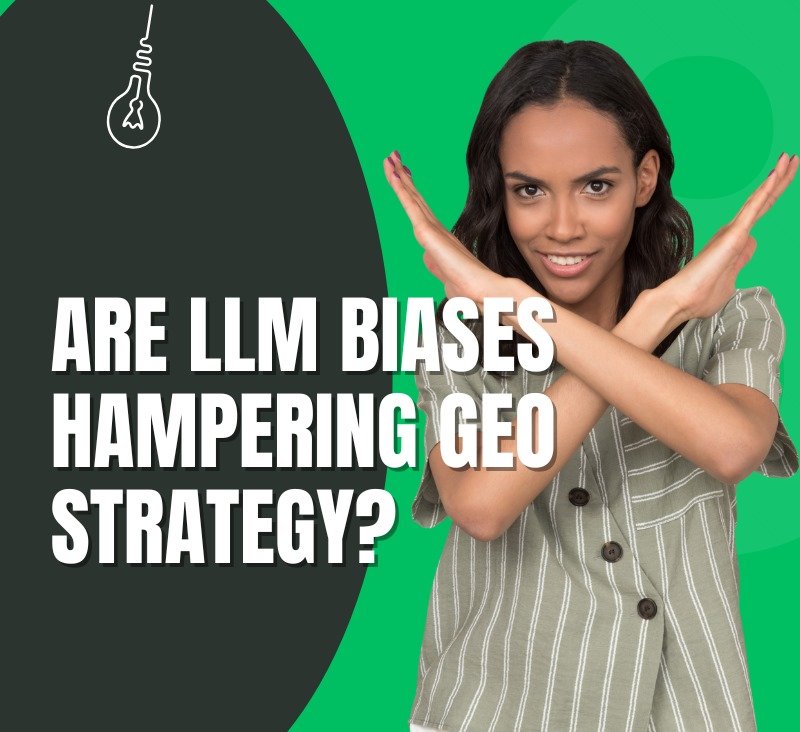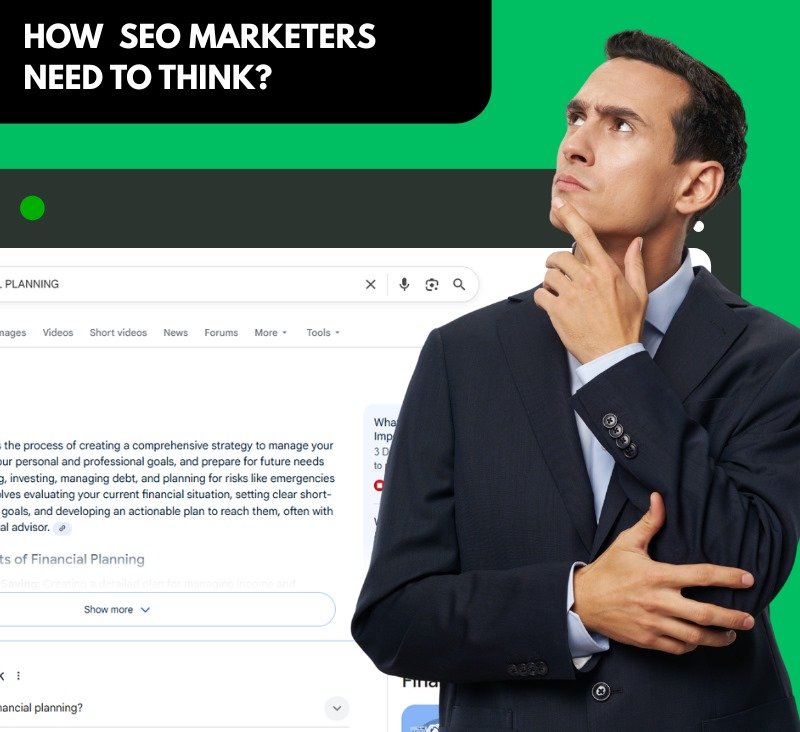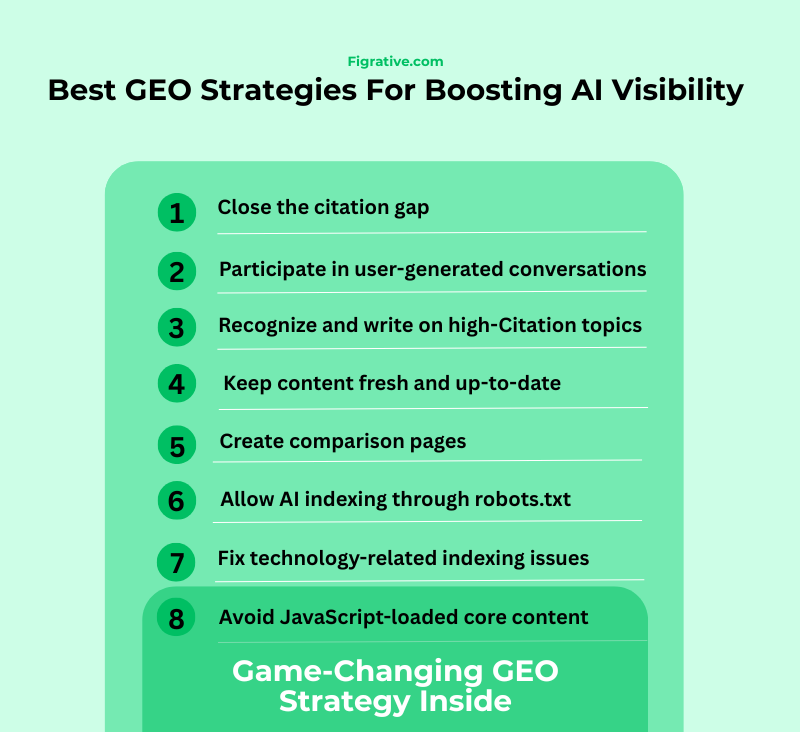TL;DR: From SEO to GEO – The Future of Search Visibility
Search is evolving from SEO (Search Engine Optimization) to GEO (Generative Engine Optimization) — a new approach focused on making your content usable by AI-driven search engines, such as ChatGPT, Gemini, and Google AI Overviews.
Traditional SEO helps content rank high; GEO helps it get featured, cited, or synthesized directly in AI-generated answers.
To succeed in the GEO era, marketers must:
- Structure content clearly (use headings, bullet points, summaries).
- Show credibility and trust (authorship, data sources, E-E-A-T signals).
- Add semantic depth (cover related queries and natural language variations).
- Optimize for both humans and AI (structured data, FAQs, concise key takeaways).
Ignoring GEO means your brand might rank, but it may never appear in AI-generated answers. Embracing GEO now builds authority, visibility, and future-proofs your SEO strategy.
In the past few decades, SEO (Search Engine Optimization) has been the backbone of online visibility. Marketers optimized for keywords, backlinks, and technical SEO to rank high on Google. But now the landscape is evolving.
With the rise of generative AI tools (such as ChatGPT, Google AI Overviews, Gemini, and Perplexity), search is no longer just about blue links. Users increasingly expect conversational, synthesized answers. As a result, ranking alone is no longer enough.
We need a complementary discipline: GEO — Generative Engine Optimization.
1-What Is Generative Search Optimization (GEO)?
GEO refers to the Best strategy for boosting AI Visibility of your content, not only discoverable in search engines, but also selectable, usable, and citable by generative engines / large language models. get to know more about what is GEO?
In other words: you want your content to become part of the answer itself, not just a link pointing to the answer.
How GEO Differs from Traditional SEO
- SEO assumes a crawler visits pages, indexes them, and ranks them based on signals (keywords, backlinks, etc.).
- GEO / LLM-based systems don’t “crawl and index” in the same way. Instead, many generative engines pre-ingest large datasets (web pages, articles, forums, reviews, directories, etc.). They then use that ingested data to synthesize responses to queries.
Because of that:
- You don’t just want to rank high in results — you want your content to be part of the source material LLMs use.
- Your Brand Visibility is about being cited, quoted, or integrated in the AI’s answer.
- That depends not just on “SEO signals,” but also on structure, clarity, authority, consistency, context, and other factors.
In simpler terms: in the age of GEO, your content must not only be findable — it must be usable by machines that generate answers.
2-How to Optimize for LLMs / Generative Engines in GEO
What does it take to get your content selected and reused by these generative systems? From analysis and experience, three key principles stand out:
Principle 1: Provide Structure & Clarity
Generative models prefer content that is easy to parse. If your content is well-structured (headings, subheadings, bullet lists, tables, summaries), it’s easier for the model to extract chunks and recombine them in responses.
- Use clear headings (H2, H3) with descriptive labels.
- Include summaries or “key takeaways” at the top or bottom.
- Use bullet lists, tables, FAQs, comparisons, and other visual aids to enhance your content.
- Ensure that each section has a clear purpose and a logical flow.
Principle 2: Include Trust & Reliability Signals
AI engines favor content that is consistent, authoritative, and credible. If your content contradicts itself or other authoritative sources, it reduces its chance of being used.
Trust signals include:
- Authorship information (bylines, credentials)
- Citations or references to reliable sources or data
- Transparent sourcing of statistics
- Examples, case studies, or real-world data
- Consistency across your own site and across third-party sites (e.g., directory listings, profiles)
Essentially: make your content “safe” from a trust perspective, so LLMs feel confident reusing it.
Principle 3: Contextual & Semantic Depth
Keywords still matter, but in GEO, they are augmented (or replaced) by contextual relevance and semantic richness. Because queries to AI are more conversational and varied, your content should:
- Embrace synonyms, variations, and semantically related terms
- Anticipate related sub-questions or follow-ons
- Use natural language, not just keyword stuffing
- Cover the “surrounding context” of a topic, not just the narrow query
This flexibility helps your content match more conversational (and unexpected) queries that generative systems may produce.
3-Tips for Creating GEO-Friendly Content
The complete guide offers many tips; here are three particularly high-impact ones:
Tip 1: Be Comprehensive & Intent-Driven
LLMs favor complete answers. So when writing:
- Go beyond the main query; cover related angles and adjacent subtopics
- Include variations of queries users might ask
- Anticipate follow-up questions (“What about …?”)
- Use internal linking to related pages/subtopics to provide depth
Doing so increases the chances that the AI will select your content as a primary source or incorporate multiple parts of it into an answer.
Tip 2: Showcase E-E-A-T (Experience, Expertise, Authoritativeness, Trust)
In GEO, trust is paramount, so embed evidence of your credibility:
- Use author bylines and author bios
- Show real, specific examples (from your practice or data)
- Cite external sources and studies
- Display awards, credentials, testimonials, or other signals
- Ensure the same claims are consistent across other online platforms (profiles, directories, etc.).
Tip 3: Optimize Format for Both Human & Machine Readability
Your content must work for both people and AI. To balance that:
- Use FAQs, how-to formats, comparisons, and definitions
- Place key snippets near headings or in summary boxes
- Use alt-text for images
- Use structured data (schema markup) where relevant
- Add summary / TL; DRs for longer content
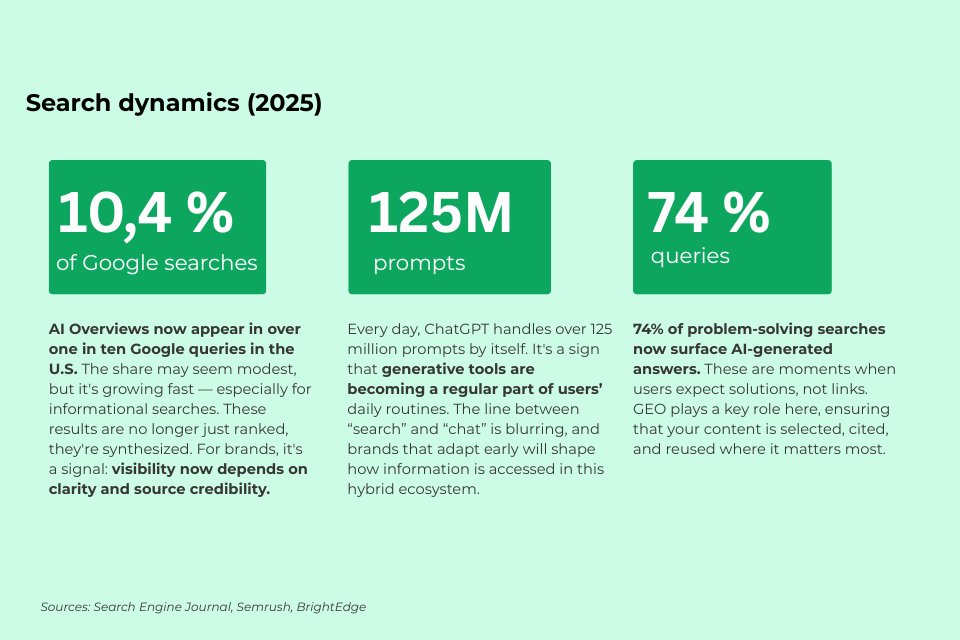
4-Why GEO Optimization Is Becoming Essential
You might ask: Is this just a fad? The data suggests not.
- Around 74% of problem-solving queries now produce AI-generated answers.
- AI Overviews or summary boxes already appear in over 1 in 10 Google queries in the U.S.
- The line between “searching” and “chatting with AI” is becoming increasingly blurred.
If you ignore GEO, your content risks being absent from the answer layer — even if you rank. That means less exposure, fewer clicks, and lower brand authority.
By contrast, properly optimized content can:
- Defend and expand brand presence where AI becomes the front door
- Future-proof your SEO + content strategies
- Increase returns by aligning with both human users and machine logic
In short: GEO is not optional — it’s becoming essential.
5-GEO as a New Competitive Advantage
We’re in a transitional era. SEO still matters — but it’s no longer sufficient. To win:
- Audit your content for GEO readiness (structure, credibility, context)
- Enhance clarity, semantic richness, and trust signals
- Monitor your presence in AI Overviews, answer boxes, chat engines, and other similar platforms.
- Iterate and adapt as generative models evolve.
Those who invest in GEO early will influence how AI engines see you and shape how answers are written around your expertise.
Final Thoughts
- The shift from SEO → GEO is structural, not a fleeting trend.
- Success now requires your content to be usable by generative engines, not merely findable by them.
- The disciplines of structure, credibility, and semantic depth must be baked into your content strategy and AI-driven SEO Strategy.
- GEO doesn’t discard SEO — it complements it, filling in the gaps for the age of AI-driven search.

